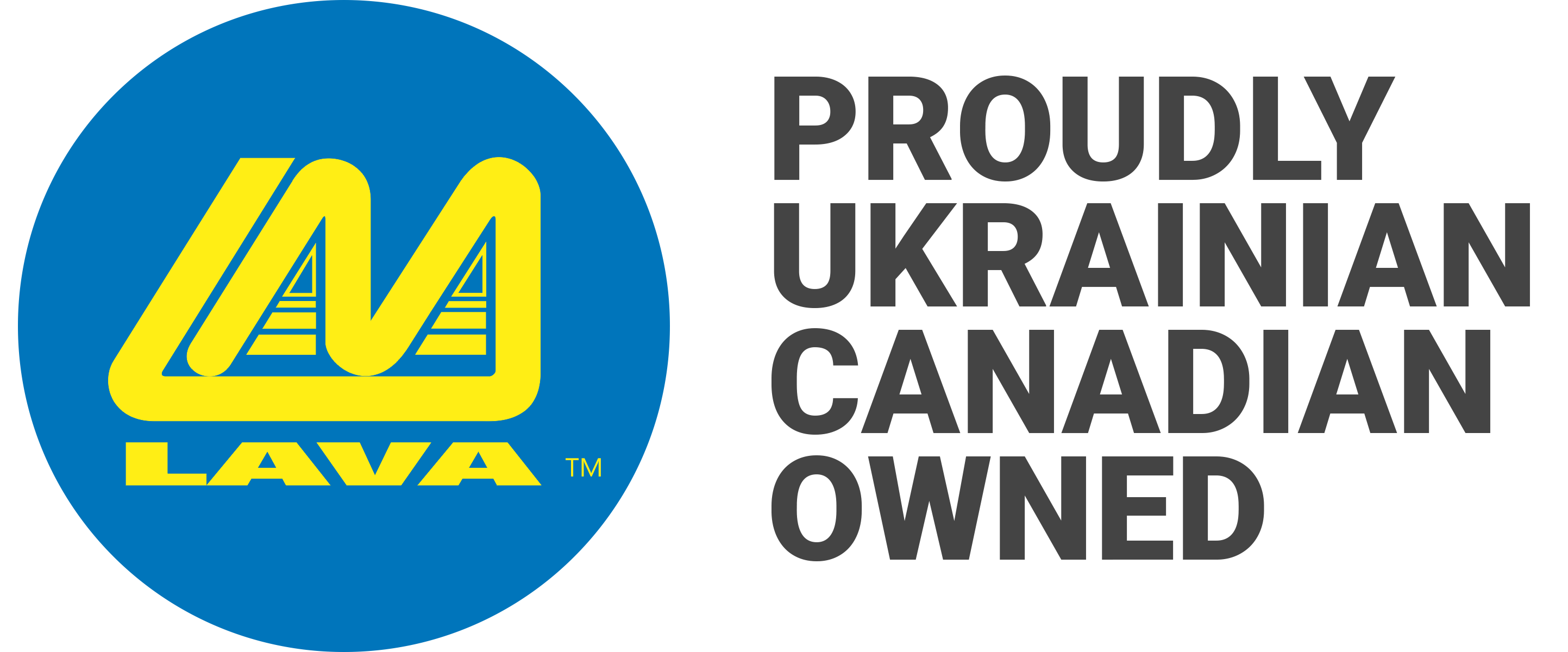Why We Use Batch Production
By: Jack Vanden Broek
3 Min Read
27 Jun, 2021
At LAVA we have developed a hybrid production methodology to manufacture our products. Last week, we discussed how following principles of Just in Time production minimize our inventory, organize our production floor, and shorten project turnaround time. This week, we are shining a light on the other production method used to maximise efficiency: batch production. This article aims to explain what batch production is, the advantages it provides within the manufacturing process, and why we use it at LAVA.
Batch production, as the name implies, is a production method in which units are organized and produced in batches or groups. It requires planning and coordination ahead of the start of production, but is highly effective when applied properly. Traditional manufacturers use a continuous production method where they push each unit through the entire production process, independent of other units, in a rigid order. In batch production, units move through each production stage alongside the rest of their batch, progressing only once the entire batch is prepared for the next step. This method allows for greater efficiency through each manufacturing stage, while reducing expenses and the risk of defective units further down the line. Batch production typically runs on a smaller scale than continuous production, so there can be a variety of COTS (Commercial off the Shelf) and custom units being produced without delaying other orders.
Similar to Just in Time production, batch production, limits unnecessary spending and increases efficiency along the production process. Batch production reduces operating costs because all of the units in a batch are prepared consecutively within a shorter, but highly productive time period- thus decreasing the total machinery run time. This allows LAVA’s production team to focus their efforts entirely on each specific manufacturing stage- from initially surface mounting components to final product testing. This gives our production team more time to double check that each stage was executed properly, and ensures that the production schedule is being adhered to. The decreased running time also results in faster transitions between finished batches and new orders, condensing the total production time required. The other major advantage of batch processing is that it requires fewer people on the production floor. Our on-site production team is small, but composed of highly skilled, agile workers with expertise in every stage of the production process. Their knowledge and experience allow them to think critically about every aspect of the products they build, and ensure they meet the highest quality standards demanded by both LAVA and its customers.
At LAVA, batch production allows us to manufacture units in smaller quantities and provides greater flexibility to build customized adapters. When a smaller quantity or custom order is placed, it must be economically viable to pursue the project and justify the production costs. These orders would often be excluded in scenarios using the continuous production method, but batch production enables LAVA to anticipate smaller scale orders and occasionally manufacture a batch of units to top-up our inventory. By producing higher-demand products in preparation for future orders and having base models on-hand for further customizations, we are better prepared to serve our customers when they require a smaller quantity of units.
Using batch production ultimately allows us to accommodate orders without overwhelming our production team, maintain the quality and reliability of our products, and create custom solutions in the most time and cost effective manner. As a Canadian manufacturer that builds each unit from the PCB up to the finished product entirely in house, batch production allows us to play to our strengths and meet these unique challenges proactively. In conjunction with principles from JIT production and other efficiencies we have discovered over time, LAVA has developed a unique production methodology that combines their successful elements to best serve our customers and provide innovative solutions for today’s technological challenges.

